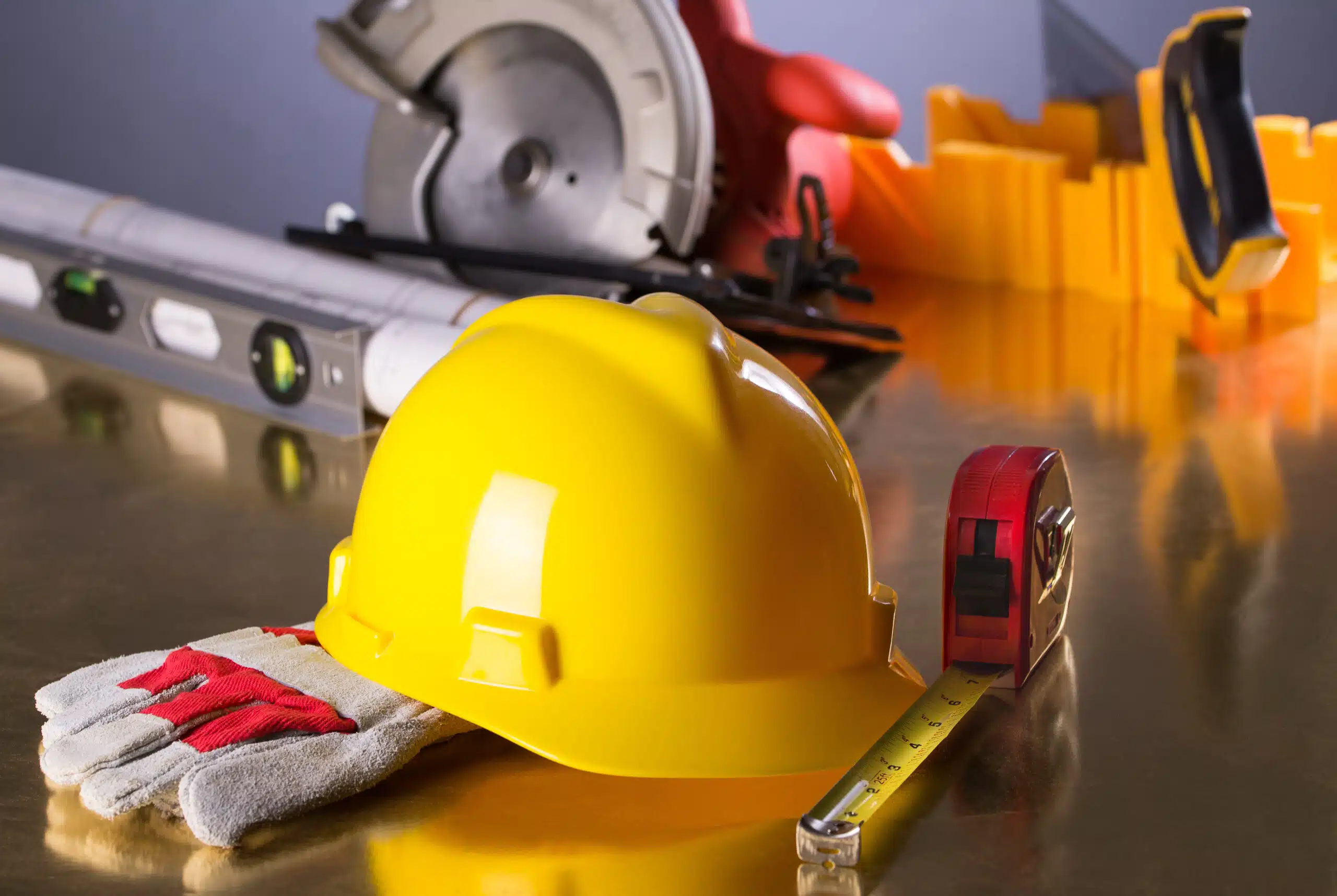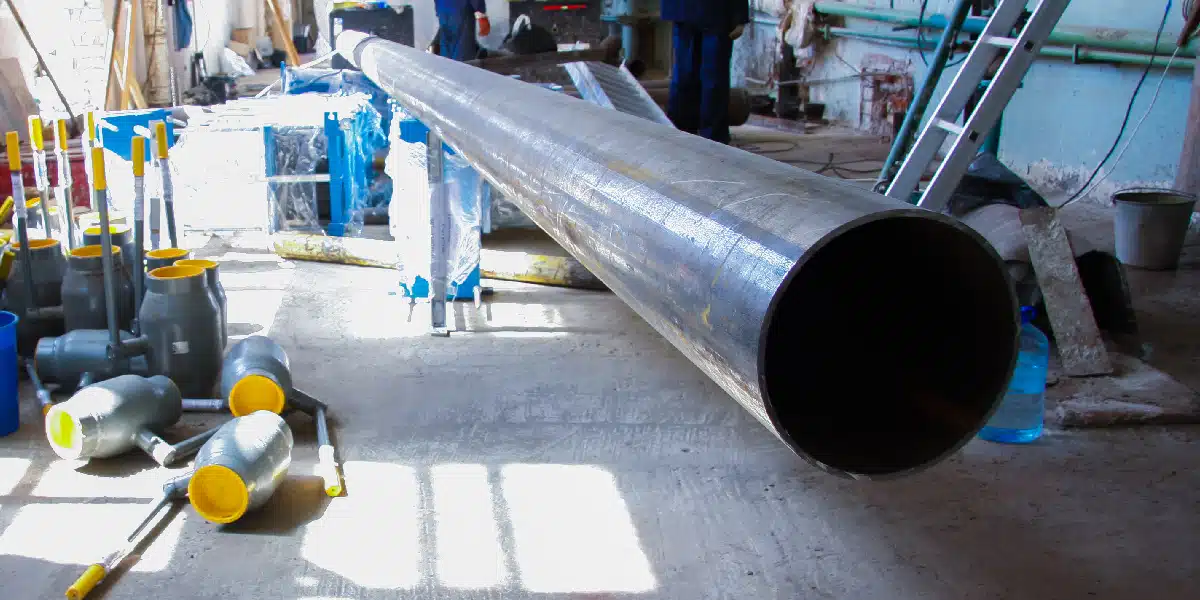We aren’t talking about the jewelry or even the precious stones extracted from the Earth. A contractor’s favorite diamond is a synthetic diamond, man-made and created in a lab, where natural processes are mimicked to create a diamond. Synthetic diamonds match the hardness of natural diamonds but are more readily available. As the process of creating synthetic diamonds may become expensive, synthetic diamonds are typically used as grit or small crystals and a wide variety of industrial equipment.
Diamond Blades/Grinders/Chains
Diamond saw blades are equipped with small diamond crystals that are attached as grit to the saw blade itself. This grit provides superior grinding action that works in conjunction with the standard cutting action of the saw blade. The result of this mix of grinding and cutting provides an efficient and precise cut. Diamond saw blades are excellent for use in cutting concrete, brick, and tile. Diamond blades vary in size and grit. Because of this, it is important to understand the type of job the diamond blade is working to complete. Having the right size blade and the proper mesh grit on the saw blade will ensure your job is completed properly. Larger blades used with walk-behind saws make quick work of concrete while a smaller saw with a medium-mesh is perfect for glass and porcelain.
Diamond grinders work essentially the same way as diamond blades, however instead of cutting materials, they grind them to create smooth surfaces that can be polished and sealed or even painted. In large concrete finishing jobs, diamond grinders work well to smooth out divots and pits prior to sealing and painting. Large jobs that require significant grinding in order to achieve a smooth finish require a grinder with a large mesh, or larger diamond bits. Smaller surfaces that need a more polished finish are better off with a small, tightly knit grit to achieve the high sheen.
Chainsaws also come with diamond tool options. While the diamond chains naturally cut with better precision through multiple mediums, perhaps the greatest advantage of diamond chains lies in their protection of the user. Chainsaws are notoriously dangerous. Protective gear is required for their use, from goggles to steel toed boots and thick gloves. One of the greatest dangers of chainsaws is kickback. Kickback is when there is an unexpected upward turn of the guide bar of the chainsaw. This happens when the nose of the chainsaw hints and objects and the chain snags. Because of the way diamond chains both grind and saw, kickback proves to be a non-issue, making them much safer to operate than a chainsaw with a standard chain.
Polishing Pads
Another great diamond tool for any contractor’s toolbox is the diamond polishing pad. This tool also works on multiple mediums to polish out scratches and refine marble, granite or concrete into a smooth and refined finish. These pads, much like any other tool, come in a variety of sizes and grit to help you achieve that desirable smooth surface. The sizing of the pad is equally as important as the grit. The pads need to remain flat as they are being used in order to provide equal polishing to the pull surface. Pads that are too large for a space are not able to remain flat and will cause uneven cuts in the surface you are working so hard to smooth. Polishing pads also come in wet and dry varieties. Wet pads are useful as the water reduces friction, thereby reducing heat, which helps with the longevity of the pad. Wet pads typically provide a better finish as well. However, they are messy. Jobs that must be completed under strict time constraints may benefit from a dry pad as the cleanup is less time consuming. U.S. Saws has a wide variety of diamond polishing pads to help with any granite, marble or concrete job.
Dust Shrouds: The Diamond Tool’s Cleaner
Concrete cutting, sawing, grinding and polishing, while working to create a perfect structure, is a dirty, and hazardous job. The dust caused by grinding materials like concrete has been known to make construction workers very sick. The tiny silica particulates that are released may be inhaled and cause infections in the lungs. these particulates have also been known to cause cancer. it is vital to construction workers health that they use protection to keep the dust out of their lungs. One such way to reduce the amount of dust released into the air is through a dust shroud.
The dust shroud was invented in 1989 by Bill Glynn and Warren Duncan as a way to remove hazardous dust that was created during the grinding process of concrete. the initial prototype was created by Glenn using his son’s basketball, which she would she cut in half. A hole is inserted on top to fit the grinder, and a vacuum was attached to suck away the dust. Modern grinders are essentially the same but with big enhancements. for instance, The US SAWS 5-inch Pro Dust Shroud is equipped with polyurethane construction and aluminum mounting which aids in protecting the grinder from excessive heat. one obstacle with using a the shroud is being able to get close to a wall with your grinder. This model is equipped with a convertible front edge that can go up or down to allow the user to get as close to the wall as possible. U.S. Saws has been manufacturing dust shrouds since 1993, only four years after the initial prototype was created. They remain a leader in the dust shroud industry due to their use of premium materials in their products and their wide variety of dust shroud offerings for all ranges of handheld and stand up grinders.
Contact U.S. Saws today to speak with a professional about which diamond tools every contractor needs in their toolbox.



